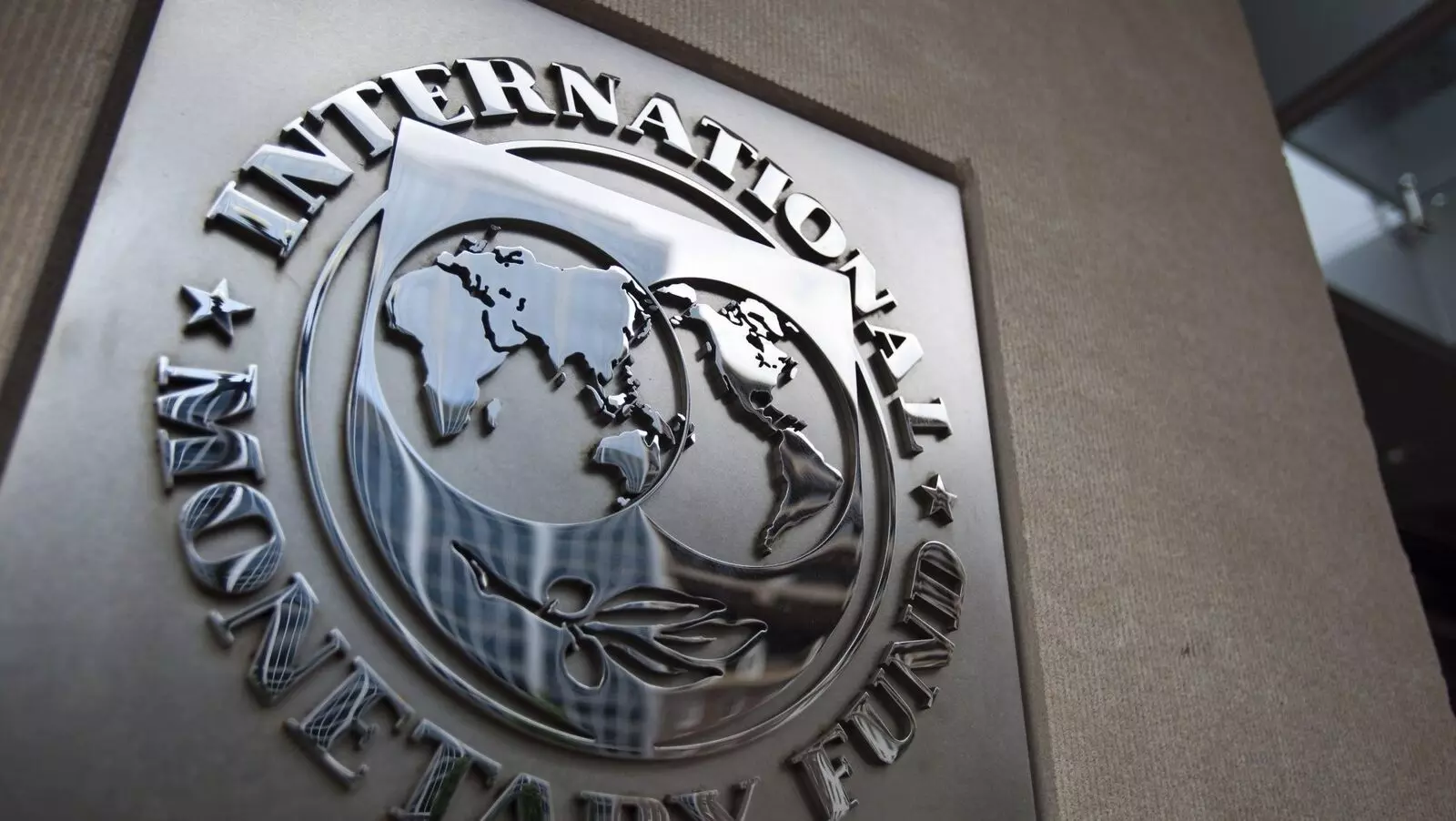The International Monetary Fund (IMF) recently released worrying information about Mozambique’s banking sector. According to the IMF, there are signs of “pockets of difficulty” among smaller Mozambican banks due to extremely high interest rates.
Although the outlook for the financial soundness of the banking system looks positive, bank-specific data reveals areas of vulnerability, especially among the smaller banks. High real interest rates are contributing to increased lending, which represents a significant challenge for these institutions.
The IMF also expressed concern about the persistence of high real interest rates, which are increasing financial instability and government financing risks. Mozambique’s central bank has kept the policy interest rate at 17.25% for several months, contributing to this situation.
Another point highlighted in the IMF report was the restriction on banks’ ability to finance the government, due to reserve requirements of close to 40%. Over the last five years, the banks’ share of government debt issuance has averaged 23.6% of total assets, peaking at 28.3% in August 2018 and falling to 19.8% in September 2023.
Currently, Mozambique has 15 commercial banks, 12 micro-banks, as well as credit cooperatives and savings organizations, according to data from the Bank of Mozambique (BdM).
This information from the IMF highlights the importance of addressing the high interest rates and specific vulnerabilities faced by smaller banks in Mozambique.Attention to these issues is crucial to ensure the stability and sustainable growth of the country’s financial sector.




